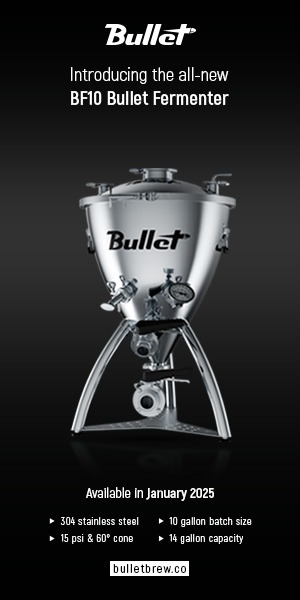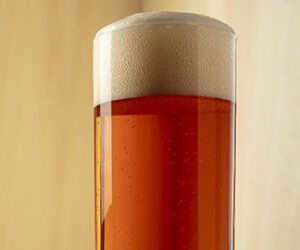Aussie-style Dark Ale: Tips from the Pros
Are Australian beers all light-bodied lagers? Many Oz craft brewers respond to that question with a resounding “no!” Among the styles found in pubs and breweries around the continent is dark ale — a holdover from some of the earliest English brews. These two pros tell us what it takes to get it right.
Brewer: Chuck Hahn, Malt Shovel Brewery in Sydney, Australia
Currently, the majority of beers in Australia are lighter style lagers so the classic dark ale is beer with more of an English-style origin due to the earlier settlers being of English descent. Early Australian brewers all brewed ales until the introduction of refrigeration in 1888 after which most then switched quickly to lager styles as they were more refreshing.
At Malt Shovel Brewery we brew ales in honor of James Squire, Australia’s first brewer. He arrived in Sydney as a convict on the First Fleet in 1788, became a free man in 1794 and established the first brewery. Our James Squire Original Amber Ale is a style similar to the ale that he would have brewed in the early 1800s. However, in the interest of greater acceptability, we have filtered and carbonated the ale. The most popular dark ales in Australia would include our Amber Ale, Cooper’s Dark Ale and Toohey’s Old Black Ale. Toohey’s Old would be the largest volume and it has been around for almost 130 years. It is brewed with pale malt, about 10% black malt and about 30% sugar.
With the JS Amber Ale, we formulated for similar color and mouthfeel as a Newcastle Brown Ale, but with less after sweetness. We wanted sufficient citrus hop character to clean out the palate and enough roasted malt character to create slight toffee and nutty flavor notes. Hop bitterness is 20 IBUs and the gravity is about 2 °Plato.
Our ale is brewed with about 20% medium dark crystal malt and about 10% sugar to lighten the brew and balance the pale malt. Kettle hopping at the start of the boil is with Australian Super Pride hops and Australian Willamette hops are added at the end of boil to create subtle citrus aromas.
We mash in at 140 °F (60 °C) and use a rising infusion mash to convert the malt starch with one temperature hold around 145-149 °F (63-65 °C). The lauter tun is loaded at 167 °F (75 °C). We start fermentation with a robust ale yeast at 59 °F (15 °C) and allow it to warm up to 64 °F (18 °C) for diactyl reduction. Cool to 39 °F (4 °C) and remove the yeast then further cool to 32 °F (0 °C). Most homebrewers might have difficulty with such precise temperature controls.
Brewer: Ashley Huntington, Two Metre Tall Brewing Company in Tasmania, Australia
We have a line of ales called our “Tasmanian River Ale series — good water, good beer!” which is designed to use ingredients grown in the region of the featured river. We have a dark ale in this series called the Huon Dark Ale. I wanted a dark ale — not a porter, not a stout. I draw the line between these three in terms of palate weight, with dark ale being the least heavy. Whilst very dark in color, I wanted the ale to retain its drinkability.
I use five malts in the Huon Dark Ale: pale base malt, Vienna, Munich (which is more melanoidin than classic Munich malt), crystal malt and a roast malt prepared from de-husked barley. The aim is to build a fully flavored, creamy base ale so I layer up the malts of different color and flavor profiles. Too much roast malt and the ale is extractive, too much base malt and the ale is skinny. For the hops I use Tasmanian-grown Hallertau, which have a lovely spicy character without being too bitter and extractive. I add the hops gradually throughout the boil (60 minutes), and up to 9% unpasteurized, unfiltered apple juice after the boil. I ferment at 15–20 °C (59–68 °C). Like most of our ales I second ferment to give positive pressure in the bottle rather than fizz. Our ales are naturally sparkling (not fizzy) and the darker and fuller the ale, the softer the carbonation should be. Ideally I would love to give this ale six months to bottle age prior to selling it.
If you want to brew a dark ale, always remember that they are ales, not lagers — don’t over chill. Also, why not try serving them just below ambient temperature in a large volume red wine glass at a dinner party? It would be sure to get your guests talking!



